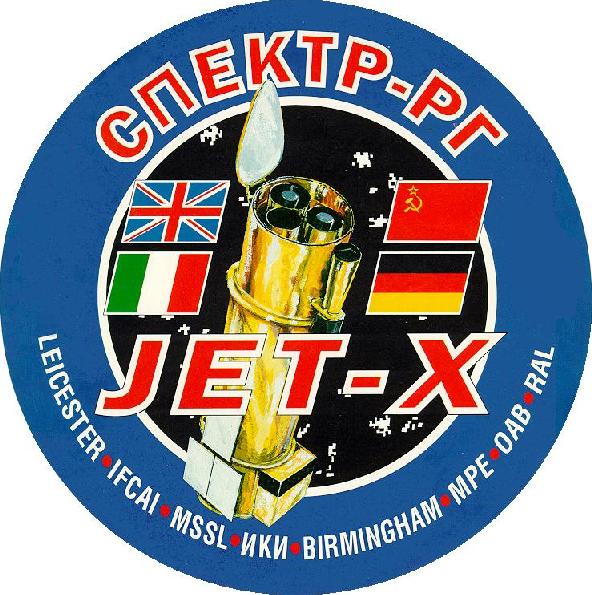 |
SRG Payload |
- Jet-X
- Two multimirror grazing incidence X-ray telescopes. Both the two
coaligned multimirror systems have cooled CCD as X-ray detectors and
will provide high angular resolution imaging (20 arcsec
HEW at 8 keV) and fine spectroscopy (2% at 7 keV).
- SODART
- SODART, two multimirror grazing incidence X-ray telescopes. Different
focal plane detectors are present: the Low Energy Proportional Counter
(LEPC, 0.2-8 keV) and
High Energy
Proportional Counter (HEPC,
2-25 keV),
the Solid State Spectrometer Array (SIXA,
0.5-20 keV), the Objective Crystal Spectrometer
(OXS, 5 energy bands depending
on the
chosen crystal covering 0.15-7.4
keV) and the Complex of focal X-ray detectors
(KFRD
) consisting of two indipendent position sensitive spectrometers
(2-25 keV), as well as the Stellar X-ray Polarimeter
(SXRP) consisting of a Bragg reflection
based
and a Thomson scattering based instruments. The angular resolution of
imaging is dominated by the mirror shells and is of order 3 arcmin.
- MART-LIME
- MART-LIME is sensitive to energies in the hard X-ray range
5-150keV with an efficiency higher than 10%. The field of view
is 6 by 6 square degree; the angular resolution is 8.6 arcmin.
- TAUVEX
- Three coaligned ultraviolet telescopes that will image the same
0.9 degree field from 140 to 300nm, using different filters.
TAUVEX will be able to detect point sources with a monocromatic UV
magnitude of 19 in three broad-band-filter in 4 hour.
- FUVITA
- Consists of two normal incidence telescopes for far ultraviolet
in the energy range between 91.2 nm and 120 nm.
- MOXE
- Consists of an array of 6 X-ray pinhole cameras (one face of a
cube), sensitive from 2 to 25 keV, which views the whole sky,
except for a 6 by 6 degree patch which includes the Sun.
SRG main page
Astrophysics
group Homepage
MSSL Homepage
This page is maintained by
Dr. Jonathan Mittaz
Last modified 9 June 1997.




